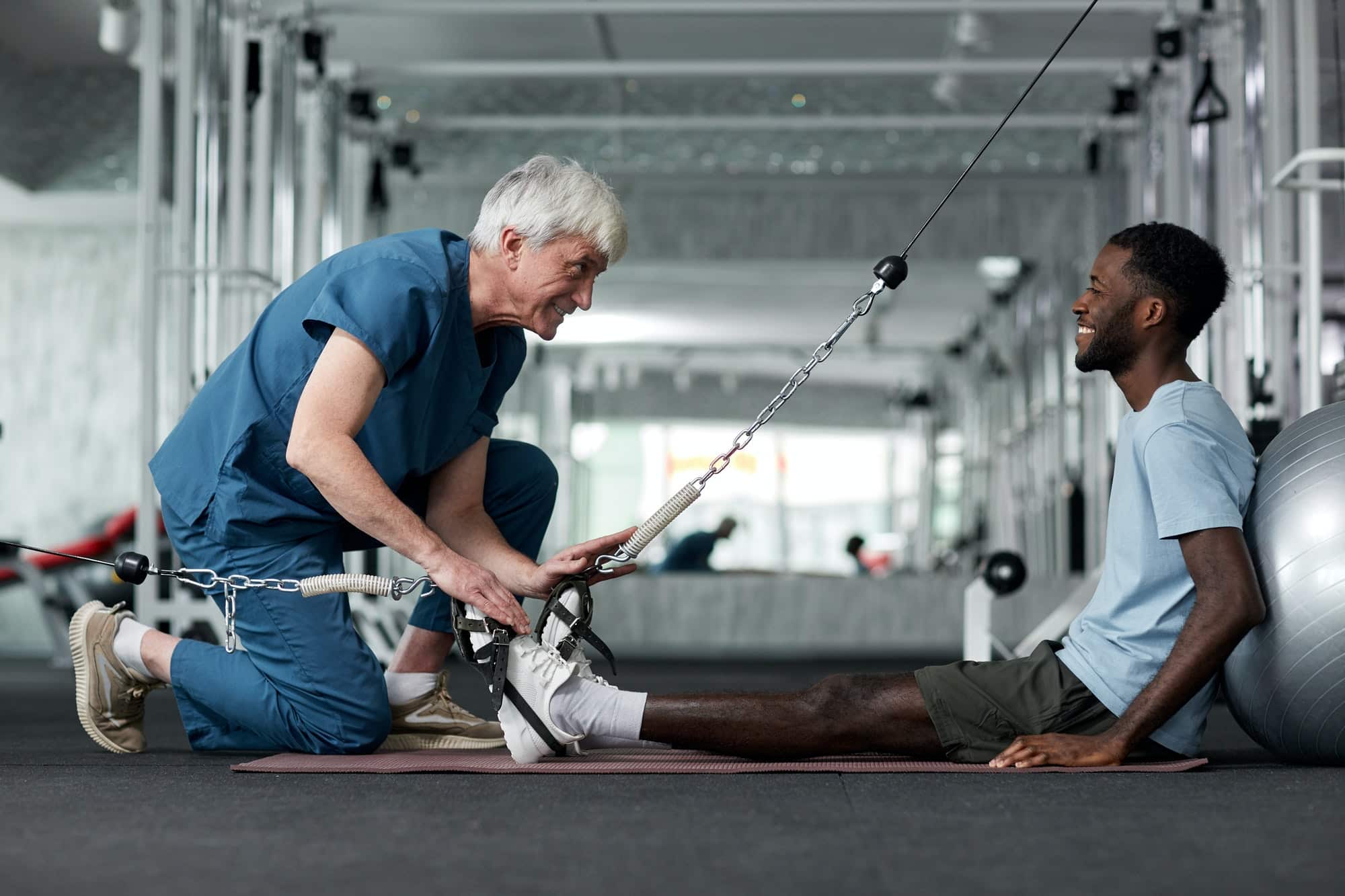What Are the Financial Benefits of Converting Commercial Buildings to Mixed-Use Developments Post-Pandemic?

The pandemic has caused drastic changes in our urban landscapes. Office buildings that once buzzed with activity are now standing empty, as more businesses embrace remote working. Cities are left with a surplus of commercial space and a rising demand for housing. These shifts have led developers and city planners to consider a pivotal question – what will become of these vacant buildings? One solution gaining traction is the conversion of commercial spaces into mixed-use developments. This article will delve into the financial benefits of such conversions, examining how they can breathe new life into our cities and meet the growing need for residential space.
How the Pandemic has Shifted Demand
The transformation of our working culture brought about by the pandemic has significantly impacted the demand for urban space. Commercial buildings, particularly office spaces, have seen a steady decrease in use as more businesses transition to remote or hybrid modes of work.
A lire en complément : How to Develop a Green Roof System for Urban Real Estate Projects?
Cities now face the challenge of managing large, underused buildings. Not only are these spaces a loss in potential revenue, but they also contribute to urban decay. Simultaneously, there is a critical need for more housing in cities, driven by population growth and migration. This imbalance has prompted developers and city planners to consider conversions of commercial buildings to mixed-use developments.
These developments typically combine residential, commercial, and sometimes public spaces within a single building. They offer the possibility to repurpose underused commercial spaces, while meeting the increased demand for urban housing.
Cela peut vous intéresser : Agence Saulire: discover Meribel rental agencies
The Financial Benefits of Mixed-Use Developments
One of the primary financial benefits of converting commercial buildings to mixed-use developments is the potential for increased income generation. By diversifying the use of space, developers can tap into multiple revenue streams.
For example, the ground floors of these buildings, traditionally the most lucrative spots for retail, can still be used for this purpose. Meanwhile, the upper floors, which were once offices, can be converted into residential units. This creates a win-win situation, where the building’s value is maximised, and cities can address their housing shortages.
Mixed-use developments are also more resilient to economic downturns. If one component of the building, such as the retail space, is underperforming, other parts of the building, like the residential units, can still generate income. This resilience makes mixed-use developments a more secure investment.
The Attraction of Urban Living
Mixed-use developments also capitalise on the continued appeal of urban living. Despite the pandemic and the rise of remote work, city living still holds its allure. The convenience of having amenities within easy reach, the availability of diverse cultural and social activities, and the sense of community that comes with high-density living are not easily replicated in suburban or rural settings.
Developers converting commercial buildings into mixed-use spaces are tapping into this shift. They are offering a lifestyle that combines the convenience and vibrancy of city living with the comfort and space of a home. This urban lifestyle appeals to a broad demographic range, making these developments highly desirable and financially profitable.
The Long-term Sustainability of Mixed-Use Developments
Apart from the immediate financial benefits, converting commercial buildings to mixed-use developments also offers long-term sustainability. These conversions represent a form of ‘adaptive reuse’, which involves repurposing an old building for a new function.
Adaptive reuse is a sustainable development practice. It reduces the need for new buildings, conserves resources, and minimises waste. In the long term, these practices can lead to significant cost savings.
Furthermore, mixed-use developments contribute to the vitality and diversity of urban environments. They promote community engagement, reduce the need for commuting, and encourage a more efficient use of space. All of these factors can enhance the value of the property over time.
The Role of Developers and City Planners
City planners and developers play critical roles in initiating and facilitating the conversion of commercial buildings into mixed-use developments. They need to work together to navigate zoning laws, building regulations, and financial incentives that can make these conversions feasible and profitable.
Developers need to be forward-thinking, able to envision new uses for old spaces and willing to invest in the necessary renovations. City planners, on the other hand, must be receptive to these changes. They need to understand their cities’ needs and be willing to adapt their regulations and policies to meet these needs.
Overall, the conversion of commercial buildings to mixed-use developments offers significant financial benefits. It presents an opportunity to optimise the use of urban space, meet housing demands, and contribute to the vitality and sustainability of our cities. As we move into the post-pandemic world, these developments represent an innovative, profitable, and sustainable solution to the challenges facing our urban environments.
The Potential Impact on Superstar Cities
Cities like New York and San Francisco, often referred to as "superstar cities", have experienced significant downturns in their commercial real estate markets due to the pandemic. These cities, once the epicentre of bustling office spaces, are now facing high vacancy rates. Converting commercial buildings into mixed-use developments in such cities can offer a viable solution to address the imbalance.
At the heart of superstar cities, the demand for affordable housing remains high despite the exodus of businesses. The conversion of commercial spaces into residential units can help address the housing crisis. By adding more housing units into the urban cores, cities can ensure that they remain vibrant and attractive places to live.
Furthermore, the move towards mixed-use developments can also help property owners offset the loss from vacant office spaces. For instance, the ground floors of buildings in prime locations can still command high rents from retail and service businesses. By integrating residential units in the upper floors, owners can keep the properties profitable even with a decrease in office use.
The adaptive reuse of commercial buildings also strengthens the resilience of superstar cities. It ensures that these cities can withstand future shifts in the market or work culture. By diversifying the use of real estate, cities can remain dynamic and adaptable.
The Future of Commercial Buildings Post-Pandemic
As we look beyond the pandemic, it’s clear that the landscape of commercial real estate is changing. The rise of remote and hybrid work has permanently altered our need for office space. However, this doesn’t spell the end for commercial buildings. Instead, it presents an opportunity for reinvention.
The conversion of commercial buildings into mixed-use developments can offer a way forward. It addresses the pressing need for affordable housing in urban cores while ensuring that real estate remains profitable. This process, known as adaptive reuse, also aligns with the increasing demand for sustainable development practices.
As developers and city planners navigate this new landscape, they’ll need to work together to overcome potential challenges. This includes adapting building regulations, managing financial incentives, and shifting mindset towards valuing mixed developments.
In conclusion, whilst the pandemic has brought significant challenges to the commercial real estate market, it has also ushered in opportunities for innovation. The conversion of commercial buildings into mixed-use developments can deliver financial benefits, contribute to urban sustainability, and meet the changing needs of our cities. As we continue to adapt to the post-pandemic world, these developments represent a promising strategy for the future of urban living.
